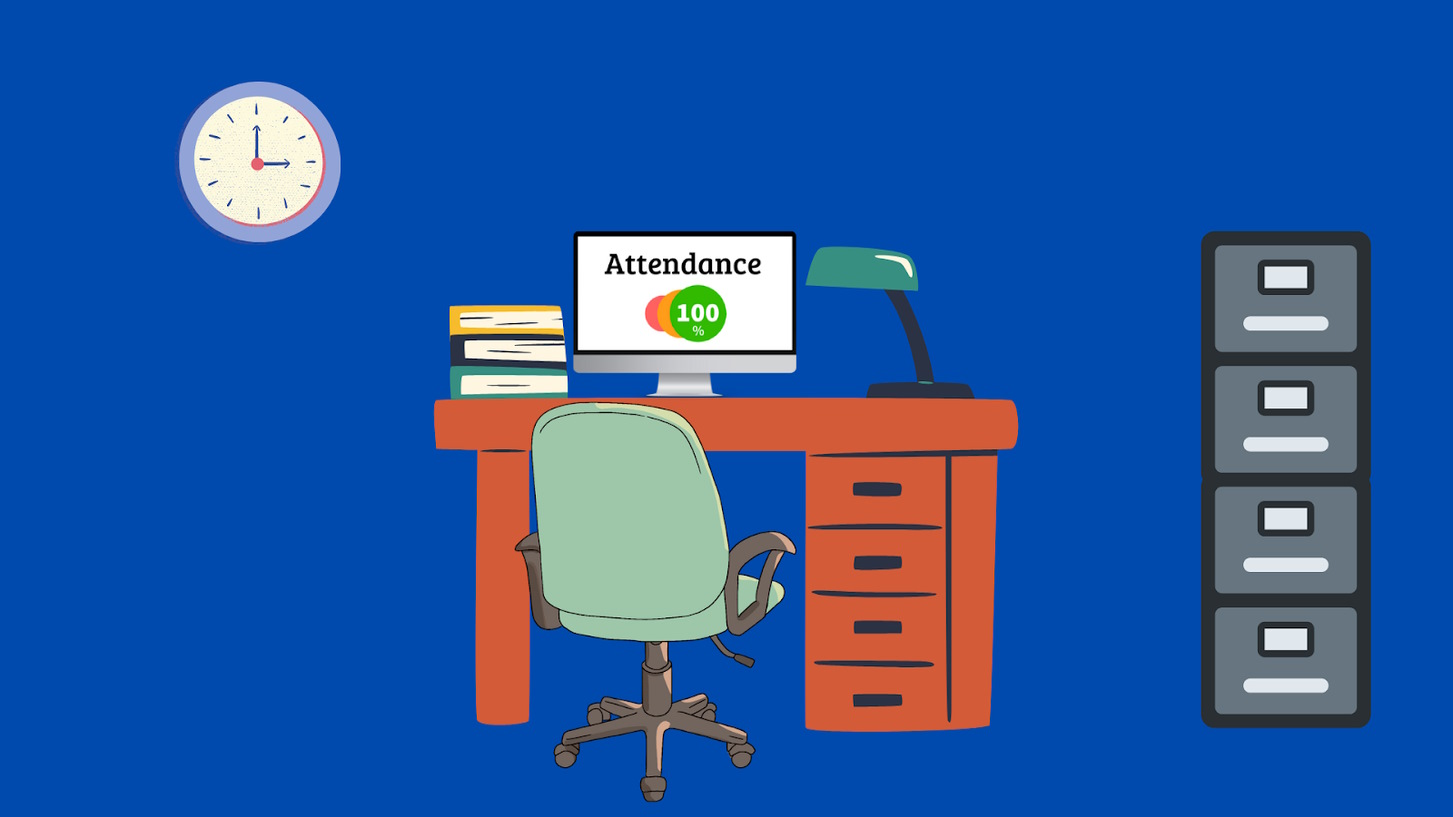Explore insights, updates and real-world impact from across the Studybugs community. From school absence trends to public health innovation, our blog shares stories and ideas that help keep children happy, healthy and in school.
How to Reduce Persistent Absence at Your School

Persistent absence is a complicated issue that can be difficult to address. Because each pupil’s circumstances can be so different, there’s no one-size-fits-all answer to tackling the issue. But there are certain strategies schools can use to inform their approach.
Our research has shown us that you can build an effective approach around five key elements. Download our free resource for an in-depth guide to this approach. Or stay with me now as I do a whistle-stop tour of each point and show how Studybugs can support you.
1. Set Clear Expectations and Communicate Them
Schools that effectively champion good attendance tend to have very clear messages about their expectations. And they communicate these expectations directly and plainly with parents.
How Studybugs helps
Studybugs helps you communicate with parents via a free school-parent messaging platform. Automatic parent alerts also make it easy to notify parents about changes to attendance – positive or negative.
2. Listen to, Support and Challenge Parents When Necessary
Empathy is key when approaching difficult conversations with parents. There could be sensitive barriers preventing good attendance, such as anxiety, financial pressures or the child could be a young carer.
Listening to parents and helping them address any underlying concerns will help you reach agreement over what can be done about an attendance problem. Of course, there will also be occasions when you have to challenge parents. But as you work with them, you can shift the emphasis towards rewarding good attendance.
How Studybugs helps
Studybugs automatically alerts you to potential issues early so you can quickly address them. Instantly accessible, comprehensive data helps you monitor the success of any actions taken and communicate these with parents. Studybugs also keeps a record of messages for you.
3. Get The Right People in Place
Promoting good attendance should be a key part of the school’s culture, which means it’s important that all staff know their role in contributing to this.
How Studybugs helps
We make monitoring attendance easy and can give any staff the access they need to fulfil their role, whether that’s a full view of attendance or alerts for a specific group. Setting up automated parent alerts means you can keep parents informed and help parents understand their roles in making sure their child attends school too.
4. Analyse Trends to Catch Problems Early
The first step to addressing persistent absence is accurately tracking and monitoring pupil attendance, so you can identify pupils at risk of becoming persistently absent, or those who already are. Identifying pupils at risk early means you can take meaningful action earlier and potentially avoid escalation into more intensive interventions.
How Studybugs helps
Monitor live attendance and receive email alerts when certain triggers are met, such as falling below 95% attendance or 2 consecutive late marks in the register. Staff get powerful reporting tools to instantly call up information you need such as an absence breakdown, attendance heatmap or your PA rate. You can also set up parent alerts to automatically notify parents when their child misses school, is late or their attendance drops below a threshold you choose.
5. Maintain Procedures Diligently
Tackling persistent absence is not an overnight fix. It requires time, commitment and patience. And that doesn’t go away after a problem is addressed. Having an effective and consistent attendance strategy is key.
How Studybugs helps
Studybugs enables a whole-school approach to managing pupil attendance. We provide the tools you need to create an effective strategy and the data you need to put it into action.
Get in Touch For Some Help
If you’d like to talk to a Schools Consultant for some attendance guidance, please
— Lucas Abbott